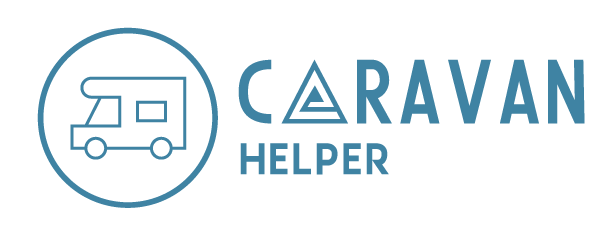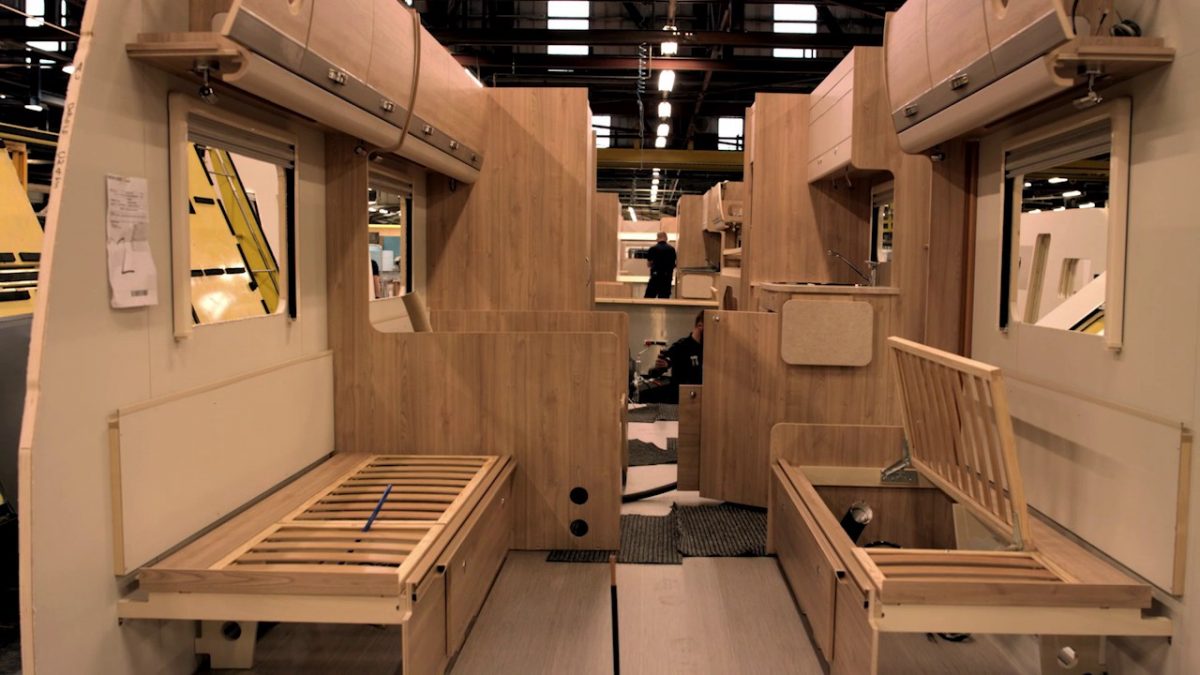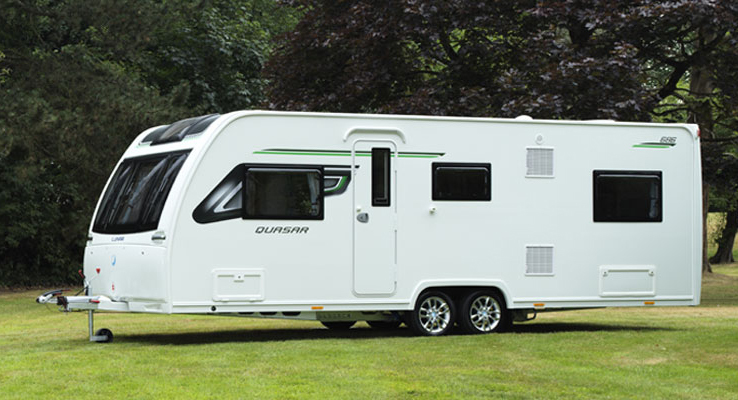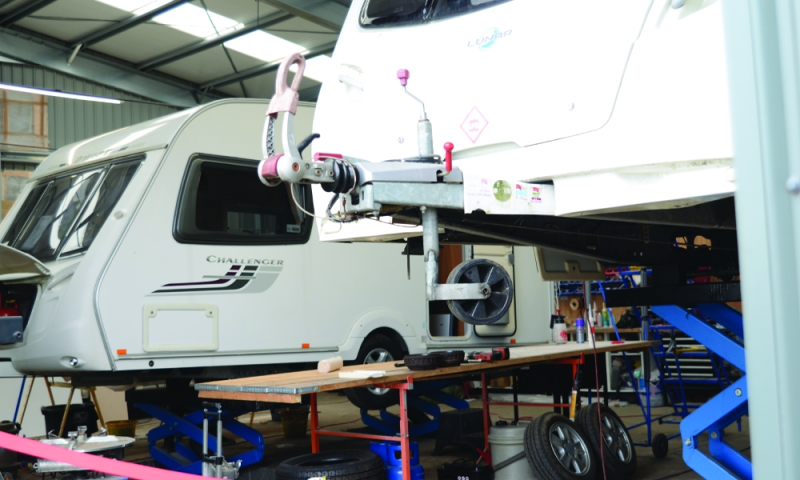Introduction
If you’re like me, you’re always on the lookout for new ways to improve your productivity. And that includes finding ways to reduce time spent on tasks that don’t have a real impact on your business. That means looking for solutions that can be implemented in stages, rather than all at once. And when it comes to caravans, that means understanding the different parts and using them as a tool for your business.
What are Caravans made of?
1. caravan is a large, portable structure used as a carry-on and travel trailer for goods or passengers.
2. caravan typically consists of two to four units that are attached together by a frame or wall.
3. caravan materials can include wood, plastic, canvas, aluminum, steel, glass, and other materials.
How to Make a Caravan.
require a caravan
How to build a caravan:
2.1 requires saws and other tools
2.2 requires an outdoor shelter of some sort
2.3 required materials for the floor, roof, and walls of the caravan
2.4 required materials for the caravans themselves
How to Use a Caravan.
When planning your caravan, be sure to read the manufacturer’s instructions carefully. Many caravan models have different ways of working, so be sure to know which one is best for you. For example, a van that sleeps six can sleep up to forty people, while a wagon that sleeps four can sleep up to sixteen people.
Subsection 3.2
If you plan on using the caravan for multiple weeks or months at a time, it’s important to make sure each person has their own space and bedding. Caravans are often designed with sleeping areas specifically for men and women, as well as small children. Make sure you get the right size bed and room for each person before purchase.
Subsection 3.3
One other thing to consider whenSelecting a caravan is whether or not you want an open-air or enclosed design. Both types of caravans offer their own benefits and drawbacks, so it’s important to choose the right one for your needs. An open-air caravan allows air circulation and noise exposure while being able to see the surroundings, but some people find this type of caravan too noisy for their liking.Enclosed caravans are typically more expensive but provide better ventilation and privacy. They also come with built-in kitchens and bathrooms, making them ideal for larger groups or families who need somewhere to cook food or wash dishes while on vacation.
The Different Types of Caravans made of
There are many types of caravan made of different materials. Here we will focus on the most popular materials used for caravans.
The most common type of caravan is the wooden caravan. Wooden caravans are often painted or stained to look luxurious, and they can be very expensive to build. However, they are often very sturdy and can last for many years.
The next most popular type of caravan is the metal caravan. Metal caravans are often much cheaper to build than wood ones, but they may not be as sturdy. They are also more likely to rust over time. However, metal caravans are often a more stylish option than wooden ones.
The final type of caravan is the plastic caravan. Plastic caravans are sometimes less durable than other types, but they can be much cheaper to build and look nicer than metal or plastic ones. They are also less likely to rust over time.
The Different Types of Caravan Materials.
There are a variety of materials that can be used to make caravans. Some materials, like wood, are naturally resistent to rot and will last longer than other caravan materials. Other materials, such as plastic, may not have the same lifespan but will be easier to clean. You can also find caravan materials in a variety of colors and designs to choose from.
Are The Different Types of Caravanriers?
There are a number of types of caravan carriers, including air cargo carriers, land transport carriers, and water transport carriers.
Airstrikes carried out by the Syrian government in response to an uprising against Bashar al-Assad have led to the displacement of large numbers of people from Damascus. This has motivated many people to seek asylum in neighboring Lebanon and Turkey. Caravaniers have responded by transporting goods and people through these countries in order to escape the violence in Syria.
Some types of caravaners include air cargo carriers, land transport carriers, and water transport carriers. Air cargo carriers transported goods using helicopters or low-flying planes; land transport modes included driving trucks or buses overland, sailing ships, or operating ferries; and water transportation modes included sailing ships or operating submarines.
Choose the Right Caravan Material.
When choosing a caravan material, you’ll want to consider the type of trip you and your guests will be taking. Do you plan on travelling in warm weather or cold? Are you looking for a caravan that can handle different types of terrain? And most importantly, is the caravan material durable enough to withstand the elements?
There are a few different caravan materials available, but some of the more popular options include canvas, PVC, and plastic. Canvas is often considered the safest option because it’s environmentally-friendly and easy to clean. PVC is also sustainably sourced, meaning that it doesn’t contribute to climate change. Plastic is another popular caravan material, as it’s durable and long-lasting. However, it may not be suitable for every trip due to its lightweight nature.
Choose the Right Caravan Carrier.
Choosing the right caravan carrier is important if you want to maximize your travel budget. Different carriers have different prices and features, so it’s important to compare options before booking. Some common caravan carriers include United States Caravan and Travelocity.
United States Caravan offers a wide range of products, including air-conditioned vans, tents, and cars. They also offer a loyalty program that allows members to earn points for discounts on future caravan trips.
Travelocity has a more traditional approach, with vans and trailers only. They don’t offer any loyalty programs or discounts, but they do have a good selection of products and a reasonable price point.
Plan and Build the Caravan.
Building a caravan is an easy way to save money on transport and travel. All you need are some basic supplies and you can build your caravan right in your own backyard. Here are some tips on how to make the process easier:
1. Estimate the cost of materials needed for a caravan. Make a rough estimate based on what kind of caravan you want and how much space you’ll need.
2. Research different caravans and their prices. There are many types of caravans available, so it’s important to find one that’s right for your needs. Compare prices online or in store before you start building.
3. Decide on the layout of your caravan. Choose a design that will suit your needs and style. You can also consider using recycled materials in your caravan to reduce environmental impact.
4. Build the caravan according to plans provided by the manufacturer or builders who supplied you with the plans. This will help ensure that your caravan is built to high standards and meets all safety requirements set by authorities or other safety experts.”
Use the Caravan for Transportation.
1. The caravan can be used for transportation in many ways. You can use the caravan to travel from one place to another, or you can use it as a makeshift vehicle for transport during your trip.
2. There are a few things you need to consider when planning to make the caravan work as a transportation option. For example, make sure you have enough space for everyone inside the caravan and assign each person their own task/role within the group. Also, make sure the caravan is sturdy and able to handle various terrain changes.
3. If you’re using the caravan for transportation during your trip, be sure to plan ahead and prepare everything you’ll need including food, water, and shelter. By doing this, you’ll be ready for whatever weather conditions may arise on your journey.
Use the Caravan for Recreation.
A caravan is a great way to enjoy the outdoors and stay connected with friends and family. Caravans can be used for a variety of purposes, including sightseeing, hiking, and camping. There are many different types of caravans available, so choose the one that best suits your needs. Some popular options include air-conditioned vans and tents, as well as self-propelled carts or boats.
Use the Caravan for Work.
If you’re looking to use your caravan for work, it’s important to make sure it meets the tasks and specifications of the job. You can find detailed instructions on the job site or in the manual that came with the caravan. Additionally, bear in mind that most caravans have a capacities of around 8-12 people. So if you think you could fit more people in, do so!
Conclusion
Caravans are a great way to travel and enjoy the outdoors. They can be used for transportation, recreation, work, or even home use. There are many different types of caravan carriers available, so it’s important to choose the right one for your needs. By planning and building your caravan the correct way, you can ensure that it will last for years.




